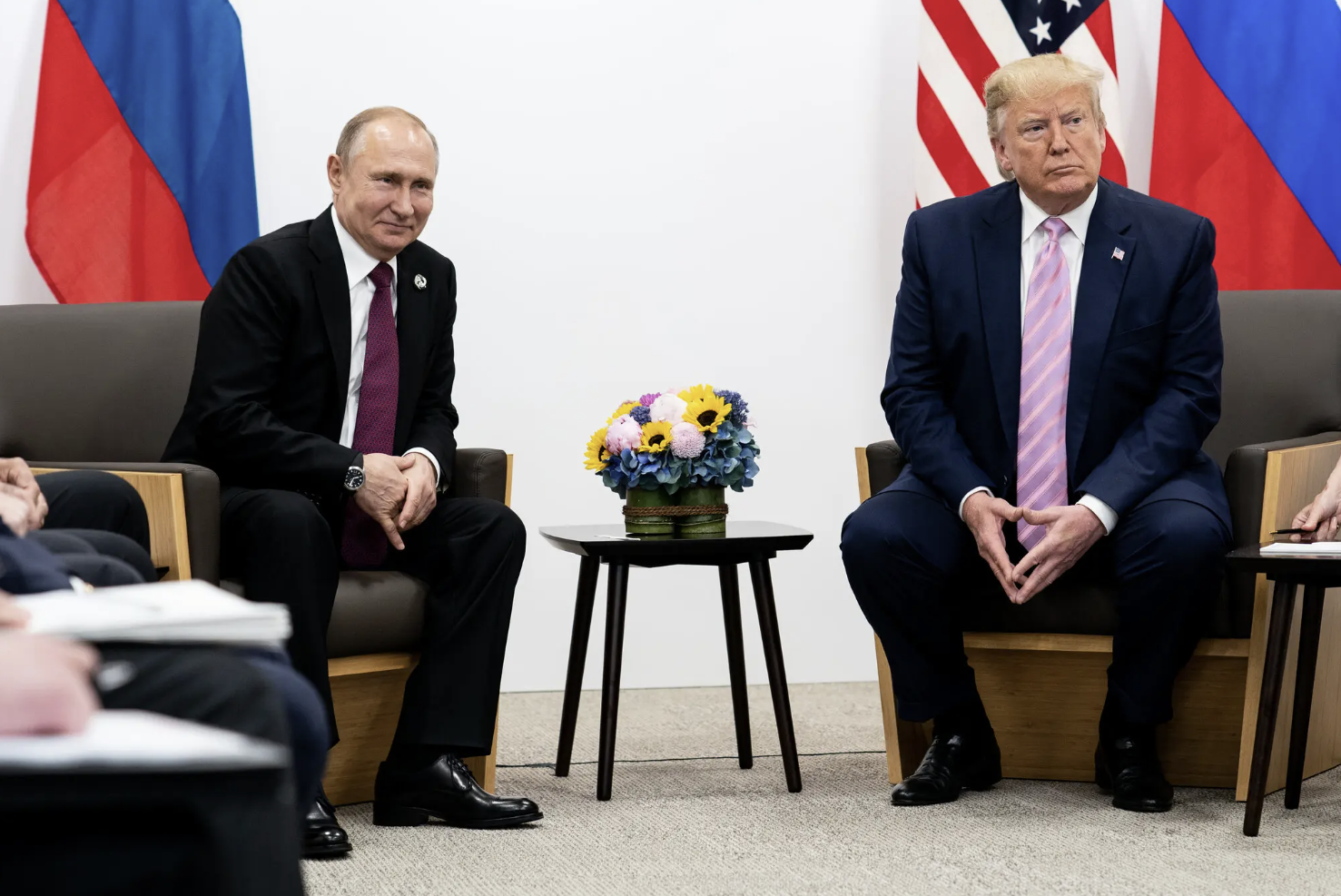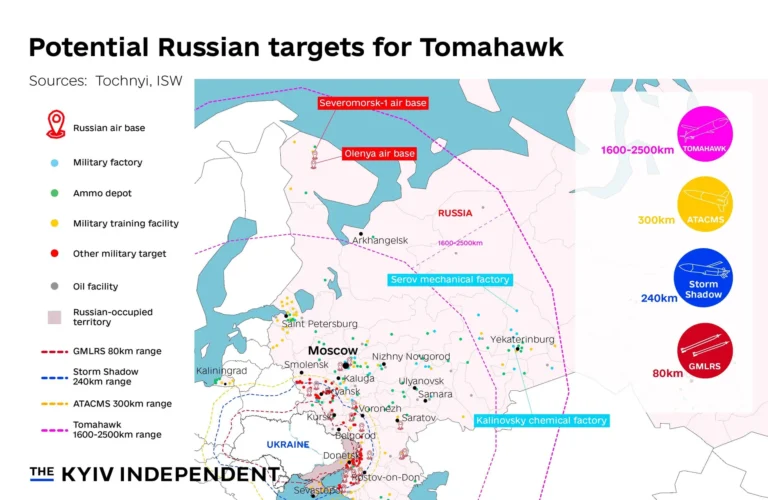
This week, Europe faces a diplomatic cliff edge. On Friday, Donald Trump and Vladimir Putin will meet in Alaska and they might try to decide Ukraine’s fate without Ukraine in the room. For the European Union and Kyiv, Wednesday is the one and only chance to steer Trump away from a deal that rewards Russian aggression.
Locked Out of the Room
The Alaska summit will be strictly bilateral, at Putin’s request. No European leaders. No President Zelensky. The optics are stark: decisions about Ukraine being made without Ukraine and without Europe.
In a scramble to regain influence, Germany has arranged a virtual meeting on Wednesday between Trump, Vice President J.D. Vance, Zelensky, and key European leaders. It’s the last opportunity to press Trump before he sits down alone with Putin.
The Fear: A Land Swap “Peace”
Trump recently floated the idea of a “territorial swap”, Russia keeping the Donbas and Crimea, in exchange for handing back the occupied regions of Kherson and Zaporizhzhia. For Kyiv and Brussels, that’s not peace; it’s a victory bonus for Moscow.
The EU’s position is clear:
- No changes to borders by force.
- Ukraine must decide its own future.
- Security guarantees for Kyiv are non-negotiable.
But Trump is unpredictable. One day he arms Ukraine (with Europe footing the bill), the next he blames Zelensky for prolonging the war.
Zelensky’s Warning
Zelensky fears a Kremlin trap: Putin making demands Ukraine can never accept, then blaming Kyiv for “blocking peace.” In a speech Sunday night, he accused Moscow of trying to “deceive America” and split the U.S., Europe, and Ukraine.
Ukraine has signaled readiness for an unconditional cease-fire, something Russia has repeatedly rejected while intensifying attacks, including deadly strikes on Zaporizhzhia and deep inside Russian territory.
Why This Matters for Europe
The war in Ukraine is not a distant conflict. EU leaders stress that its outcome will shape Europe’s own security for decades. A bad deal could:
- Cement Russian control over stolen Ukrainian land.
- Undermine international law.
- Signal to other aggressors that borders can be redrawn by force.
Hungary, as usual, has broken EU unity by refusing to back the bloc’s latest joint statement, but the rest of Europe is firm: peace must be just, not simply expedient.
Putin’s Goals Haven’t Changed
According to analysts at the Institute for the Study of War, there’s zero evidence that Putin is willing to compromise on his core demands:
- Prevent Ukraine from joining NATO.
- Install a Kremlin-friendly government in Kyiv.
- Demilitarize Ukraine entirely.
In other words: full capitulation. Even if Alaska produces a cease-fire, Russia is likely to violate and weaponize it, blaming Ukraine while continuing its long-term strategy.
The Kozak Factor
Behind the Kremlin walls, not everyone supports the war. Dmitri Kozak, a longtime Putin aide who once managed Crimea’s annexation, privately opposed the invasion and pushed for peace talks. He’s since been sidelined, replaced by hardliners who embrace the war. Kozak’s marginalization underscores how little room there is inside Putin’s circle for dissent and how slim the chances are that Putin will walk into Alaska ready to make real concessions.
The Stakes on Wednesday
The upcoming virtual summit is Europe’s single window to influence Trump before Alaska. The message will be simple:
- Keep Ukraine at the table.
- Demand a genuine cease-fire before negotiations.
- Reject any “peace” that trades land for false stability.
Because once Trump and Putin close the door in Alaska, the future of Ukraine, and Europe’s security, could be decided without them.
If you value independent analysis that cuts through the noise, you can support my work here on Buy Me a Coffee. Every contribution helps me keep digging into the stories that matter most.





